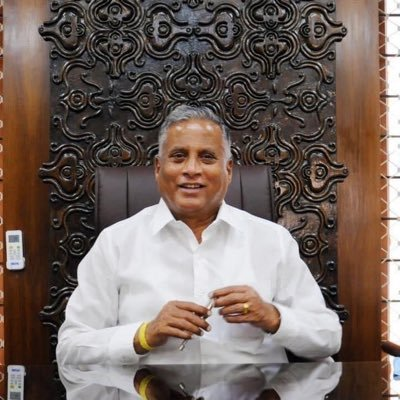
New Delhi, July 24 (IANS) India’s sanitation landscape continues to evolve under the Swachh Bharat Mission (SBM), with significant infrastructure gains across both rural and urban areas.
According to a written reply in the Lok Sabha given by Minister of State for Jal Shakti, V. Somanna, the country has constructed over 11.9 crore individual household latrines (IHHLs) and 2.6 lakh community sanitary complexes (CSCs) under SBM-Grameen since 2014.
Uttar Pradesh leads with more than 2.5 crore IHHLs, followed by Bihar and Madhya Pradesh.
In urban areas, SBM-Urban and its second phase have added 63.78 lakh household toilets and 6.36 lakh public and community toilet seats, with Maharashtra, Tamil Nadu, and Uttar Pradesh among the top contributors.
However, the report highlights persistent challenges in maintaining community facilities. Many CSCs suffer from poor upkeep due to unclear ownership, lack of dedicated funds, and limited awareness.
Despite this, Gram Panchayats in several states are innovating—linking toilets to local businesses and conducting awareness campaigns to improve sustainability.
The government has released substantial Central funds to support sanitation efforts — Rs 28,849 crore in 2014–15 under SBM-G, peaking at Rs 21,629 crore in 2018–19, and Rs 3,622 crore in 2024–25.
SBM-U has seen Rs 1,892 crore released in 2024–25, with additional allocations under the revised SNA-Sparsh model.
The Swachh Survekshan Grameen 2023–24 survey, covering over 17,000 villages and 2.6 lakh households, found that 95.1 per cent of rural households have access to toilets, while 78.7 per cent have arrangements for greywater disposal.
Yet, only 39.9 per cent segregate waste, and 29.4 per cent of villages have proper waste storage sheds.
In terms of infrastructure, 61.4 per cent of Plastic Waste Management Units (PWMUs) and 58.5 per cent of GOBARdhan biogas plants were found functional.
Urban sanitation surveys show that 4,692 Urban Local Bodies (ULBs) are certified ODF, with 1,973 achieving ODF++ status and 214 certified Water+.
The government aims to sustain ODF status and promote solid and liquid waste management under SBM-G Phase II.
Financial assistance of up to Rs 60 per capita is available for villages under 5,000 population, and Rs 45 for larger ones. Each block is expected to have at least one PWMU, with Rs 16 lakh allocated per unit.
The mission’s next phase will focus on behaviour change, technological innovation, and inclusive sanitation planning to ensure long-term impact.
–IANS
sktr/pgh



